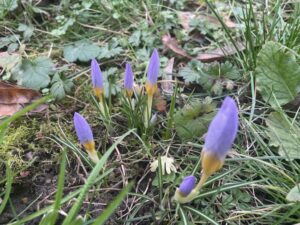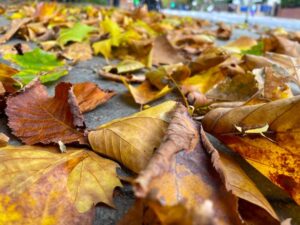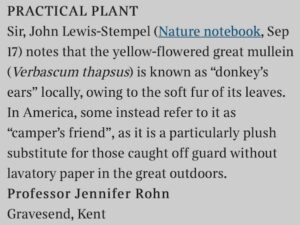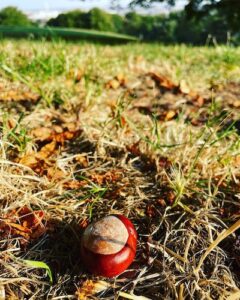Time is a wheel, speeding me along in ever quicker circuits. As individual moments rush towards me, flare into immediacy and then blur past, most are soon forgotten save for those captured as digital images, or in some dashed lines of ink in my journal. While the tune is largely the same each year, certain themes progress irrevocably: the height of my son, once a helpless baby and now a ten-year-old whirlwind of humour, intelligence and stubborn self-sufficiency. The consistency of my skin, gathering millions of tiny wrinkles and spots, making me stare sadly at my ankles and think, girlfriend, you are old. Aging, my own and my family’s, is a fiducial marker by which I can gauge the eventual end of this crazy road trip. Still a good ways out of sight, I hope, but no longer an infinity away, as it seemed when I was my son’s age.

The beginning of the end
There are multiple annual cycle start points in my life. Of course there is the first of January, when the calendar year resets and I think about personal changes I might want to make in my life, both physical and mental. The garden cycle starts in February, when I begin propagating the earliest seeds, a months-long and arduous process that will fill our plots and greenhouses – and weekends – for the year. And then there is the end of September, when the academic year kicks off and the new students arrive, emitting youthful enthusiasm and anxiety in equal measure, when I dust off my lectures and gear up for months of pretty heavy stress until the Christmas wind-down.
The lab has its own internal cycles that are far more chaotic than the annual circuits framing my individual life. Team members come and go on a random timescale, meaning that the group dynamics are always fluctuating in terms of personality, experience and some unquantifiable aspect I might unscientifically call “vibe”. Our recent move to the new building has added an additional dimension: the camaraderie of working together to find out where things are, how things work, how we fit into the ecosystem – and whether we can really trust the “decontaminated” lab fridge in the kitchen to store our lunches.
There’s no point in getting too comfortable with a current vibe, as soon another new postdoc will be joining our team (hooray!), alongside the small phalanx of annual undergrad and master’s project students who will brighten up the atmosphere even further in their brief tenures with, one hopes, a minimum of broken glassware and yeast-infested cultures. But the vibe is great now, making coming into work something I anticipate. There is also the welcome excitement of accepted papers, invited lectures, press interviews, public engagement activities and new collaborations to keep things lively. It’s a weird job by any measure, and often challenging, but one that still keeps me interested, more than thirty years since that timid PhD student first ventured into a real lab to start her own scientific journey.












